Book some time for a story on National Tell a Story Day! At Funko, we’ve been bringing stories to life for 25 years now, and there are so many more to tell.
Stories bring people together and help solidify memories and histories. They’re important to create, tell, and share—and they’re the threads that connect us all.
Let’s meet a few Funko and Loungefly artists who bring narratives to life. Then, stick around for fun ways to celebrate. It’s story time!
Funko and Loungefly Artists Share Their Stories
Mike Martin
Senior Designer
What’s your favorite project that you’ve ever worked on?
Probably my first project for Funko back in 2013: the “Bling Illustration” of the ‘66 Batmobile™ that went on the packaging for the first-ever Pop! Ride. I actually did it as a freelance project. I knew several people who work at Funko through different jobs and such, and they all knew I was very good at illustrating cars. Damon Johnson, the lead packaging designer, reached out to me. I did it over a weekend, and it was approved the following Monday. I had already expressed my interest to come work at Funko, and this job sealed the deal for me. I started working for Funko about a month later.
What story does this project tell?
It was the job that started my career here at Funko. I have worked on a lot of Pop! Rides ever since (and a record amount of Batman figures as well.)
What techniques do you use as an artist to bring a story to life?
Good reference is most important. For this project, they sent me great photos of the prototype car at the angle they wanted it to print on the box.
What was your method for creating the final project? Feel free to explain your process.
Damon let me know what they wanted. I placed the reference image into Adobe Illustrator and just started vectoring over the top of them to create the illustration.
What aspects of this project are you the proudest of?
This was my first professional car illustration. I have done many more for Funko, and I now do commissioned car art as a freelancer on my own time.
What was the most difficult part of creating this project?
These illustrations are very detailed and time-consuming. Many hours of work. I also had to create the file in a way so that the Batman illustration could be placed in the car once Damon received the file.
What do you hope fans understand when they look at the final piece?
It’s Batman—in one of the coolest Batmobiles!!!
Dom Battle-Baber
Loungefly Designer
What’s your favorite project that you’ve ever worked on?
My favorite project I have ever worked on so far would be a tie between the X-Wing™ Pop! & Bag and another bag I can’t yet speak to on yet but equally my favorite. I love when a project takes me having to figure out multiple alternatives on how to make it work. I like challenging my skill set.
What story does this project tell?
These stories, along with many of the projects my team works on, are the story of function and innovation. These projects tell the story of the scenes they are meant to tell in such vivid and direct ways.
You get to see the X-Wing™ with R2-D2 sitting in it, as his story is told in a Star Wars™ scene, riding through the galaxy in full support of this rebel pilot.
What techniques do you use as an artist to bring a story to life?
I am a designer that likes to get fully immersed in my craft. If I'm going to work on something, I need to know all about it. RESEARCH RESEARCH RESEARCH! I'm a history buff, so knowing all I need to know in order to make it as accurate as possible is extremely important. Once I know the things, now it's time to play and interpret in my own way. Having fun with my work is equally as important. Yes, drawing a bag can be fun, but physically seeing how it functions is even better. I like to make diagrams, cut-outs, and even sometimes sew things because it's one thing to make it look nice, but how does it work? I also love to look at things that are the complete opposite of what I’m actually creating. In order to make it different, it needs to have something it has never had before. Exploring that part outside of the box, that part that shouldn’t work but actually could, gives it a coolness effect.
And “WA LA” we now have story-telling through a bag.
What was your method for creating the final project? Feel free to explain your process.
Every project starts with a brainstorm—whether my brain is creating thunderstorms on its own or within our team meetings where there is a lot of thunder and sometimes even lightning. Each idea starts a process for me: research, hand sketch, the challenge phase (how can this be different?), the function phase (how does it work?), and then fully rendering out a sketch with all the elements.
What aspects of this project are you the proudest of?
These are projects I hold as personal because they are based on things I actually love. I truly am a creator, but I’m a fan first. Being able to create in my fandom drives so much passion in making what I’m working on special. In this case, for instance, that special element is having R2-D2 have an actual droid socket to sit on for the X-Wing backpack.
What was the most difficult part of creating this project?
The most difficult part of these projects and basically any project, is me getting in my own head. I’m quick to question if something is going to work: Am I going too far? Will it make sense to the team and/or the consumer? But being a creative and being surrounded by creatives makes it a little easier to deal with the difficult parts.
What do you hope fans understand when they look at the final piece?
My whole entire existence as a designer is to create things that fans know were for them. I don’t design with just me in mind. I work with the fan in mind. Would a Star Wars™ fan be proud of the X-Wing? At the end of the day, I want the fans to know this is the work of a Fan for the Fans.
Gary Ham
Director of Creative Development
What’s your favorite project that you’ve ever worked on?
What story does this project tell?
Hmmm…that picking someone else’s nose can be fun and gross at the same time. It was a slime-based toy where you’d put on a monster finger and pick the monster’s nose, which was filled with slime and a tiny Boogey Monster toy to find.
What techniques do you use as an artist to bring a story to life?
I wasn’t really thinking about a story, but rather creating a fun cohesive line of characters to fill out the world of the Boogey Monsters. What would the monsters look like, and what different personalities could I give them?
What was your method for creating the final project? Feel free to explain your process.
A group of team members got together for a brainstorming session and had a blast conceiving the base idea. We then each concepted up iterations of what this could be and regrouped for review. My initial designs were selected to proceed with further exploration of character designs. I sketched out all sorts of varying shapes and sized characters as well as nose and finger types. I worked closely with the senior creative director to decide which designs were best to take to final. We’d 3D-print fingers, noses, and characters to test play. I created the packaging designs, and once everything looked good, we were off to the factories.
What aspects of this project are you the proudest of?
I really enjoyed all aspects, but I’m probably proudest of the packaging. That was really fun to design.
What was the most difficult part of creating this project?
The picking of the nose was the trickiest part. Figuring out the scale of the Boogey Monsters housed within the nose and how big the nostrils needed to be to allow enough room for the finger to move around. When designing small toys like this, you have to be very aware of the choking hazard concerns, so there are adjustments we had to do with the designs to ensure they would pass testing. The noses housed the slime and the Boogey Monsters, and we needed a breakable membrane of the nostrils that would prevent the slime from leaking and yet be easily punctured by the monster finger. Luckily, I didn’t have to figure this part out. We have an incredible toy engineer that was able to execute it perfectly.
What do you hope fans understand when they look at the final piece?
I hope they appreciate all the thought that went into it, and I hope they find the characters appealing and charming.
Carla Peña
Associate Sculptor
What’s your favorite project that you’ve ever worked on?
My favorite project that I’ve worked on is the Poison Ivy with Vines Pop! because DC’s Poison Ivy is such an awesome character, and this version of her looks super epic with the plants around her.
What story does this project tell?
It tells a story of Poison Ivy’s power. She has two carnivorous plants next to her, but they’re not attacking her since she is in control of them. The vines from those plants are wrapping up and around her body to show how interconnected she is with plant life. She is extending her arm forward and pointing ahead to show her plants where to attack next. There’s a vine that circles around her extended arm. You can imagine, that as she reaches her arm out, that vine from the plants next to her follows her will and is extending itself out with her to attack their next victim.
What techniques do you use as an artist to bring a story to life?
As a sculptor, I like to block in all the big key elements before moving on to the fine details. This allows me to get an idea of how everything will come together in the end. I’ll start with big things like the pose and make sure that block-in is conveying the story and feelings I want before moving on to small things like wrinkles in clothes. Those fine details can add so much to the story though, so they shouldn’t be overlooked just because they’re the last things added.
What was your method for creating the final project? Feel free to explain your process.
The concept artist for this project provided lots of references of the character and a drawing of what the final Pop! should look like. I started by blocking in the pose and the hair since everything else around her builds off those elements. I collaborated with other artists to make sure everything was looking like the concept and references. Since I’m working digitally in 3D, I find it easiest to just start drafting parts I’m not sure about to see how they look from different views.
What aspects of this project are you the proudest of?
I’m most proud of the pose since it conveys the confidence and power that I envisioned this sculpt having.
What was the most difficult part of creating this project?
The most difficult part was getting the waves and curls in the hair to feel right.
What do you hope fans understand when they look at the final piece?
I hope the fans will understand how awesome and powerful Poison Ivy is!
Ryan Frost
Digital Sculptor
What’s your favorite project that you’ve ever worked on?
We have the joy of working on many childhood and new favorites, so it is always difficult to narrow it down. Characters that come to mind are Grogu™, Toothless, King Aragorn and Dunharrow King, Rytlock Brimstone, Disney classics, Sombra, several Pokémon™, many Spideys; the list can go on. One stand-out is Cubone. Growing up in the 90s with Generation 1 Pokémon™, Cubone has been one of my favorites ever since then. When I applied for the sculptor position at Funko six years ago, I had a fan sculpt of a Cubone that greatly helped me get noticed and hired. Before we had the opportunity to work with Pokémon, the team discussed if we could pick only one, who would it be? I chose Cubone. Surprisingly enough, the time came, and I got to sculpt one officially. Cubone will always have a special space connected to a full-circle of my artistic journey.
What story does this project tell?
I hope the story of Cubone’s connection to the full-circle of childhood to professional artist comes through: If you have a desire to imagine, create, and explore art as a career after years of drawing on the margins of homework papers, know that you can do it! Take that leap and do what you love. There is an opportunity, and success exists!
What techniques do you use as an artist to bring a story to life?
I always look at the world around me and find inspiration everywhere. It helps inspire my work, whether it’s for Funko or myself. I love having art as my job, but it’s important to also find time to work on art projects for myself. Drawing and sculpting my own fan art, my Dungeons & Dragons character, writing stories, or any other creative outlet keeps the desire to create fresh. Remember to always take time to make art for yourself.
What was your method for creating the final project? Feel free to explain your process.
When I am given a new project, I often turn on music that is related to, or in the same energy as the character, like listening to Pokémon music while working on Cubone, a joyful Star Wars™ soundtrack with Grogu....or Sith/Dark Side music with Darth Maul™ (“Duel of the Fates” on repeat for that one). Doing that gets me excited, in the mood, and in the right headspace to capture the character as best I can, especially their pose. With an animation background, I enjoy posing the most. It allows an opportunity to capture the character’s personality when I can—and their recognizable silhouette. I study reference and inspiration and work on the character, bouncing around and tweaking as everything comes together.
What aspects of this project are you the proudest of?
I’m proud of the team who work so hard together to continue capturing these figures. Working with such passionate people makes the daily work a joy.
What was the most difficult part of creating this project?
It was difficult to keep my own self-criticism and perfectionism in check, especially when it was a character I felt strongly about when sculpted. It can be a good motivator and tool to improve and put out the best work, but it is also important to keep moving and know we all did the best we could.
What do you hope fans understand when they look at the final piece?
Know that Cubone was sculpted by a longtime Pokémon Master, with love. I hope the little figure brings you joy and triggers fond memories of your Pokémon adventures as it sits on your desk or shelf. Everyone on the team who works on Pokémon is passionate about working together, and with The Pokemon Company, to capture these beloved characters in the Pop! form as best we can. Thank you for being geeks with us and treasuring these little guys!
Andrea Calleja
Sculptor
What’s your favorite project that you’ve ever worked on?
One of the best parts of working as a sculptor at Funko is that you get to work on A LOT of licenses, which makes it incredibly difficult to choose favorites. But one of the most recent ones that I loved working on is The Mandalorian™ Pop! Ride. I finished watching the first season, and I was just in love with the show.
What story does this project tell?
This is based on a The Mandalorian poster that depicts a scene at the beginning of the second episode in season two when Mando is traveling back from an adventure with Grogu™ and carrying a bunch of meat from a monster that he killed in the previous episode.
What techniques do you use as an artist to bring a story to life?
One of the keys to telling a story is to understand what kind of story you want to tell. The most important part is to do research. Every single detail that you add to the character, or a scene, helps to sell your idea.
For example, in this figure, I could have just had Mando riding the Speeder, but I wanted to also add Grogu because he is super cute and adds charm to the figure. And then I added Mando carrying bags of meat to make it true to that moment in the series. To also really sell that he is in motion, I added the sand effect. The cape is flying in the air, and even Grogu’s eyes are squinting. Every single detail you can add helps.
What was your method for creating the final project? Feel free to explain your process.
Like I said earlier, the most important part is to do research and find references. This project had no concept, so I started from scratch.
First, I like to get as many references as possible. That means re-watching the scenes a couple of times, to really know what is going on. Mando showed up a couple of times with the Speeder™ on the show, so it was important for me to choose which scene I was going to represent.
Once I’ve settled that, I look up images of all the elements that are going to go on the figure. I even like looking at toys or fan art to learn the thought process from other artists.
After that, the fun part begins. Sculpting! Once I have all the elements sculpted and put together, I pose the character riding the bike, add the bags, Grogu, and all the tiny details. And then I like to study the figure more to see if everything works or needs to be changed.
It is important to keep the figure balanced not just for its cost but also to make it pleasing to the eye.
What aspects of this project are you the proudest of?
That it looks like it is in motion! This figure also has many details and hard surface details which, for me, is still challenging.
What was the most difficult part of creating this project?
Balancing out the details to add onto the Speeder. The original version has a million pieces, but we make stylized figures, so a big part of our job is to make decisions. We figure out what, and how, we have to sculpt something, so it’s readable but also super accurate.
What do you hope fans understand when they look at the final piece?
I hope they like the figure and that they smile when they look at it—or even think of the theme song of The Mandalorian and get goosebumps.
Dustin Wagner
Packaging Artist
What’s your favorite project that you’ve ever worked on?
By far the most gratifying packaging I’ve worked on was the entire Disney 100 series. As a Disney fanatic, I was absolutely over the moon that I had so many Disney projects assigned to me when I came to Funko. But being only about a month into my role, I was given the entire Disney 100 series. The task was intimidating, but I also felt so much pride in the fact that I get to be part of this monumental celebration with Disney. Knowing that so many people will not only collect these Pops! because they’re Disney & Funko fans, but also specifically because this honors the 100th anniversary, I felt the packaging needed to be something special and unique.
What story does this project tell?
Packaging is the first thing our fans see when they approach a shelf of Funko items. So I knew it was important to not only have something that popped (pun intended) off the shelf but also ultimately drew them into this story. This packaging needed to be able to cross IPs (Intellectual Properties), as it celebrates Disney, Star Wars™, and Marvel together. So the design needed to be unique, purposeful, branded, but also adapted to all three IPs, so that the Pops! themselves could shine! But most importantly, I wanted to give special acknowledgment to the characters, people, scenes, and movies that these Pops! are representing. This is 100 years of stories! Going beyond the typical cross-sells and logo placement on our packaging, I wanted to include photo callouts on the back of every D100 package that honored the visual references from which these Pops! were created. Paired with the silver foil that matches the D100 branding, the packaging for this entire series is a true celebration of 100 years of storytelling.
What techniques do you use as an artist to bring a story to life?
First, just taking notes and recognizing the scope of the project. With any graphic design, it’s important to understand the purpose. What is this design intending to do? Who’s the target audience? Does it match the product? It was also important to understand the style guide for Disney 100. That included reviewing a minimum of three different style guides, one for each IP. Then, after understanding the style guide, it came down to making this design special. It needed to fit within the scope of the D100 brand, but also be something that made Funko Pops! stand out. For me, I wanted the packaging to feel luxurious and “rich” to celebrate 100 years, while still keeping that fun Disney magic. The concept phase of any project—whether for sculpting, packaging, or marketing— is the most important step.
What was your method for creating the final project? Feel free to explain your process.
Like any artist, I just began sketching out ideas based on the assets we were provided. I envisioned the packaging to almost feel like it was “embroidered” into leather or fabric, giving it that “rich” and luxurious feel I wanted. I started with a Pop! Ad Icon of Walt Disney. If the concept worked with Walt, then I was confident it would work for the entire line. Placing Walt’s image on the back panel, with a foil border, really brought a sense of magic to the packaging story. The final concept came together beautifully. So I placed it into several of our templates to ensure that this design could be perfectly represented on Pops!, Pop! Moments, Pop! Movie Posters, etc. As I placed the photo callouts on each concept, with the foil, with the D100 pattern, and I viewed them all together, it felt perfect. This was a cohesive line that somehow still felt unique to each individual Pop! After getting the art director’s approval and working closely with my project manager, seeing the first glimpse of the final packaging was special. As a Funko fan, as a Disney fan, and as a storyteller, I had such a sense of pride in this design.
What aspects of this project are you the proudest of?
I would say the photo callouts on the back of all the D100 packaging. I think it’s so unique to have these reference images of these characters, people, scenes, movies, shows, etc. on display with the Pop!, truly honoring and celebrating everything Disney. I think that’s most true for the Walt Disney Pops!. We get to see so many amazing Walt figures come through this series, and being able to put an image of the real man on each package just felt very special.
What was the most difficult part of creating this project?
I think the intimidation factor of getting everything D100 for packaging. There was also a lot of work that went into retrieving the photos for the photo callouts. In many cases, we had to ask the licensor directly for these images or working files we could use for backer cards. A lot of time was spent searching for the right photos that matched the Pop! figure or scene.
What do you hope fans understand when they look at the final piece?
I’m hopeful that not only are they taken back by the beauty of the foil and the creative patterning of the D100 logo, but I also hope that when they turn the box over, and see those photo callouts for each character, movie, person, or scene, that they feel a sense of that Disney magic.
Create a Celebra-Story Moment
Turn the pages of your own story! Try your hand at creating fun tales to celebrate the day. Don’t know where to start? Take a page from the “Seven-Sentence Story” exercise, a tool improv groups often use to get the creativity flowing. This technique involves a series of prompts, such as the following:
Once upon a time…
And every day…
Until one day…
Because of this…
Because of this..
Finally…
And ever since that day…
You can complete the prompts on your own, or you can get together with a group of friends and take turns to create the story, which follows a more or less classic structure: setting/exposition, rising action, climax, falling action, and resolution. Have fun spinning a tale that takes an unexpected twist—or creating a cliff-hanging masterpiece that gets the adrenaline going.
Other Ways to Celebrate:
If you’re someone who naturally loves to write stories and share them, hold an open mic at a local coffee shop or at home with friends.
Visit a local library to check out new books. Share summaries in small settings—or review them on book-reviewing sites or blogs. You might even donate books and stories to a local library.
Support an author or artist by attending a live reading or exhibit.
If you’re a visual storyteller, create your art and display it on social media, at home, or at a local business.
Putting together a scrapbook with favorite photos and captions might be another fun way to tell your story, share it, and get others to participate as well.
Watch a story unfold on the big screen in a movie theater, attend a play, or volunteer to read aloud for organizations or groups in your community who are seeking readers.
Bring your own stories to life with Funko collectibles. Snap pictures and share them on social media.
Celebrate 25 Years of Storytelling
In case you haven’t already heard, we’re celebrating our Funniversary with a Fun on the Run Tour July 7-19. The tour includes exclusive collectibles and concludes at San Diego Comic-Con. Bookmark the date and get ready to celebrate.
Now, It's Your Turn
What story does your collection tell? Post your favorite photos and Funko memories to social media and tag @OriginalFunko on Twitter, Instagram, and Facebook.



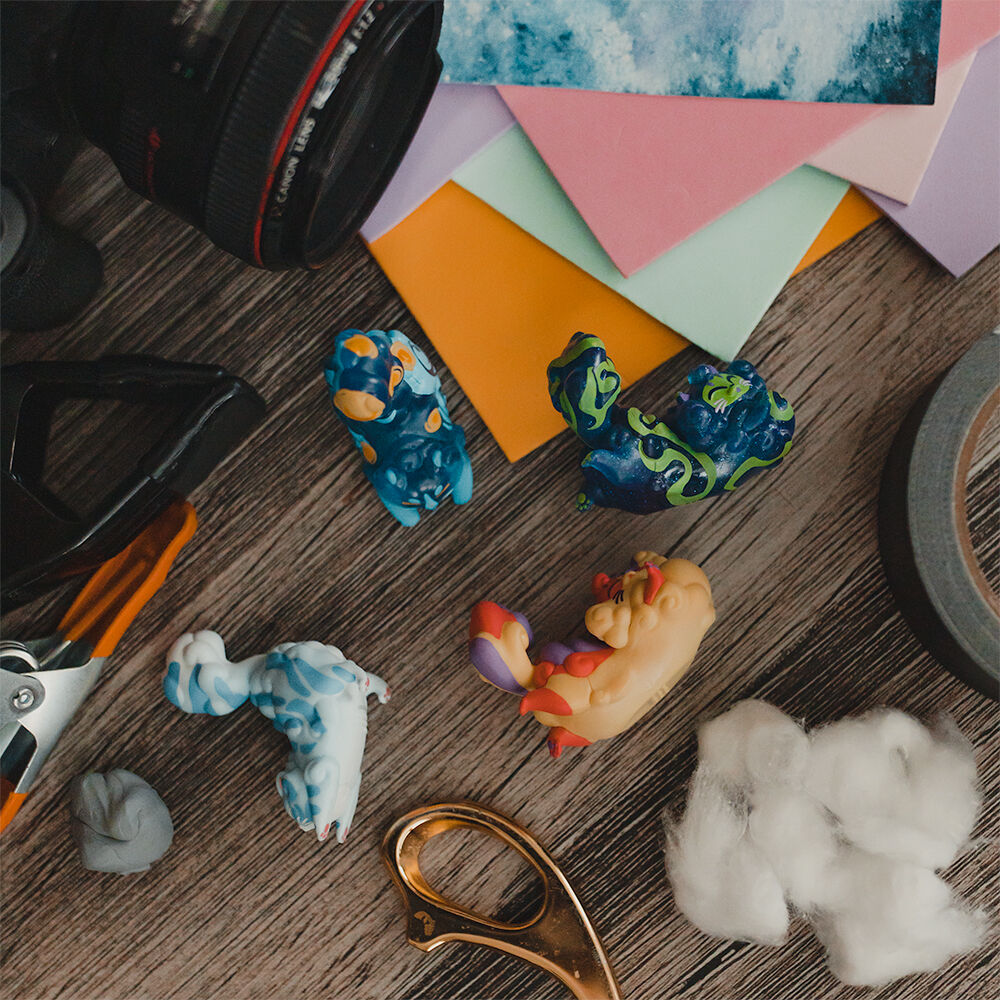
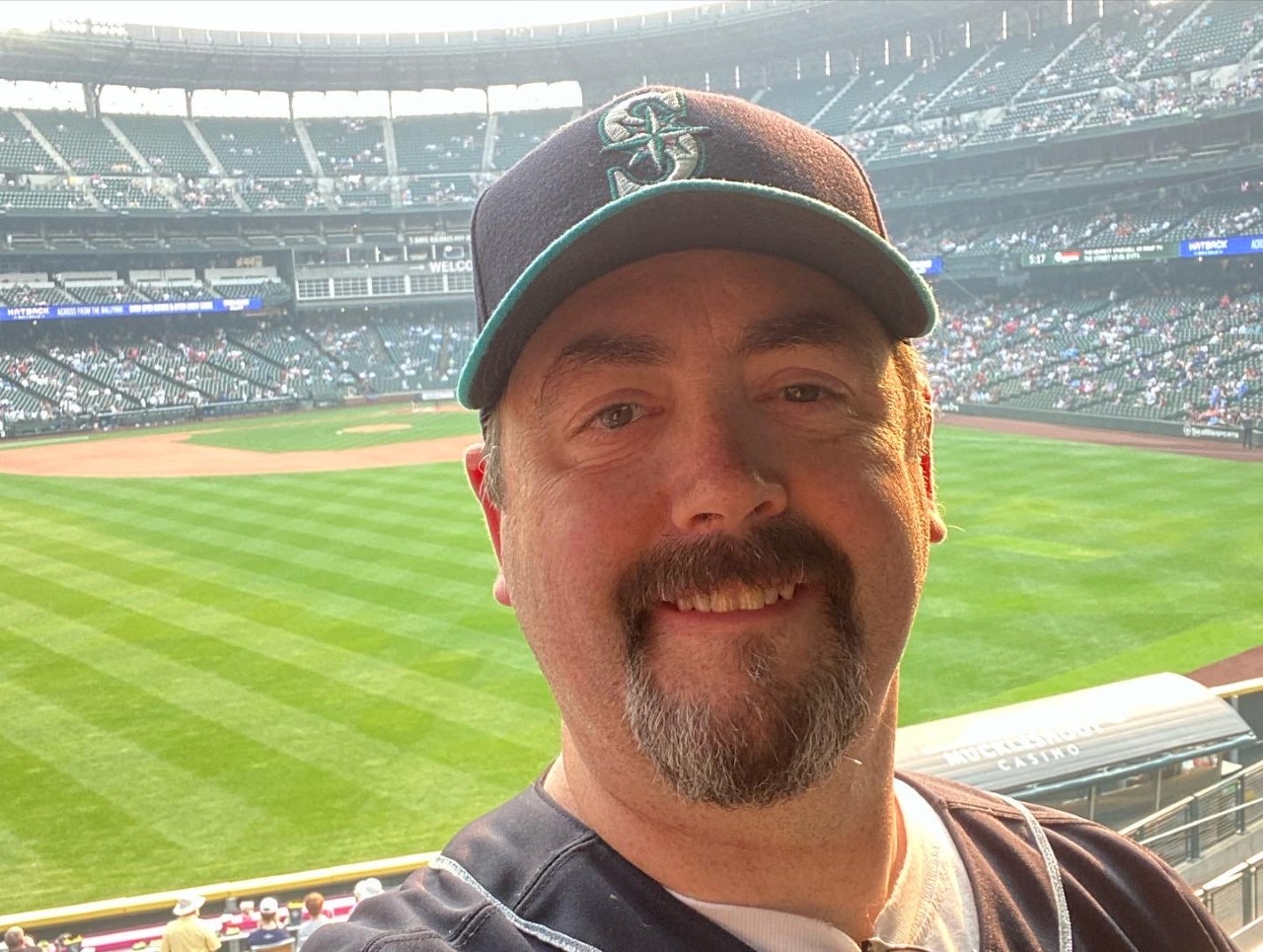
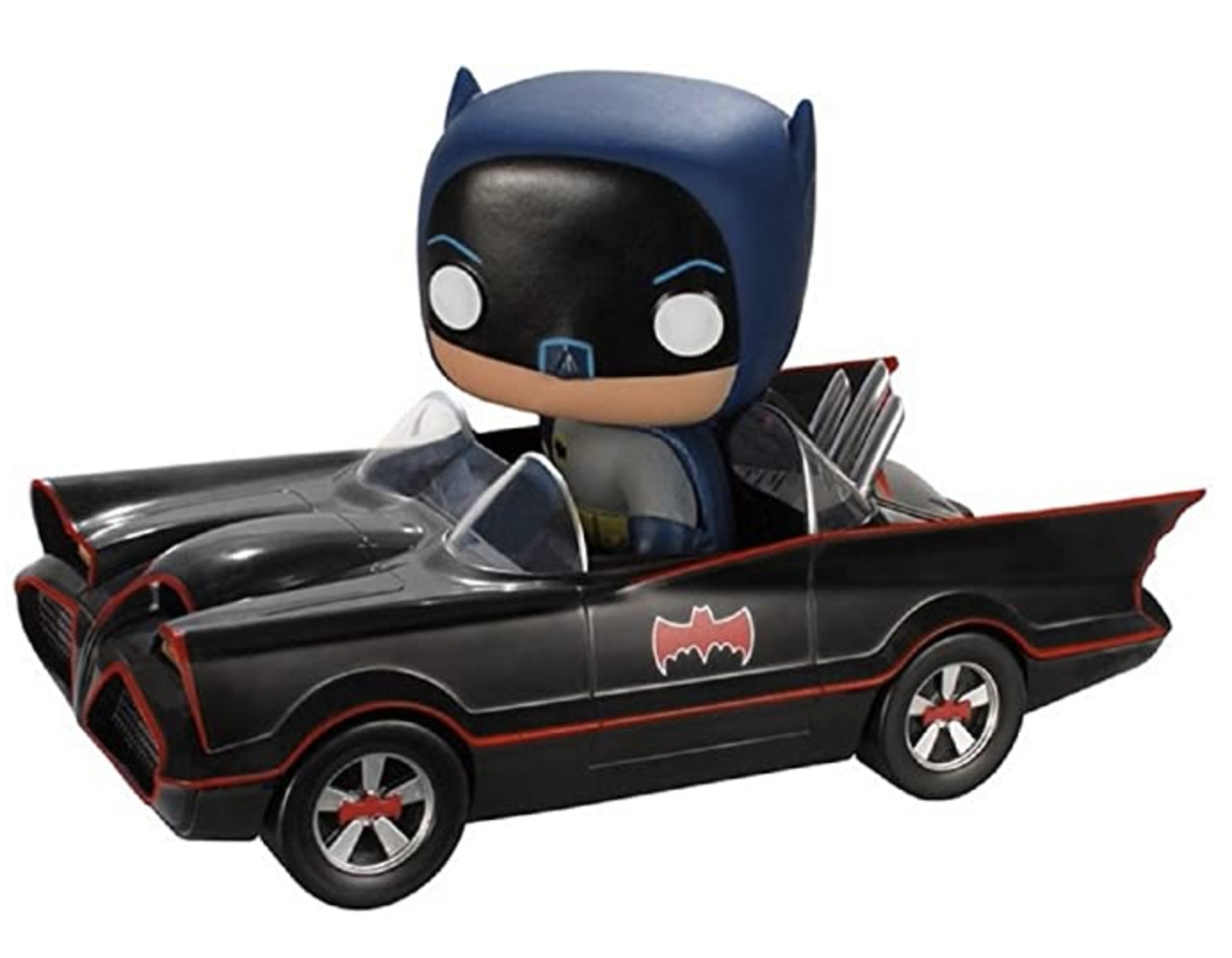


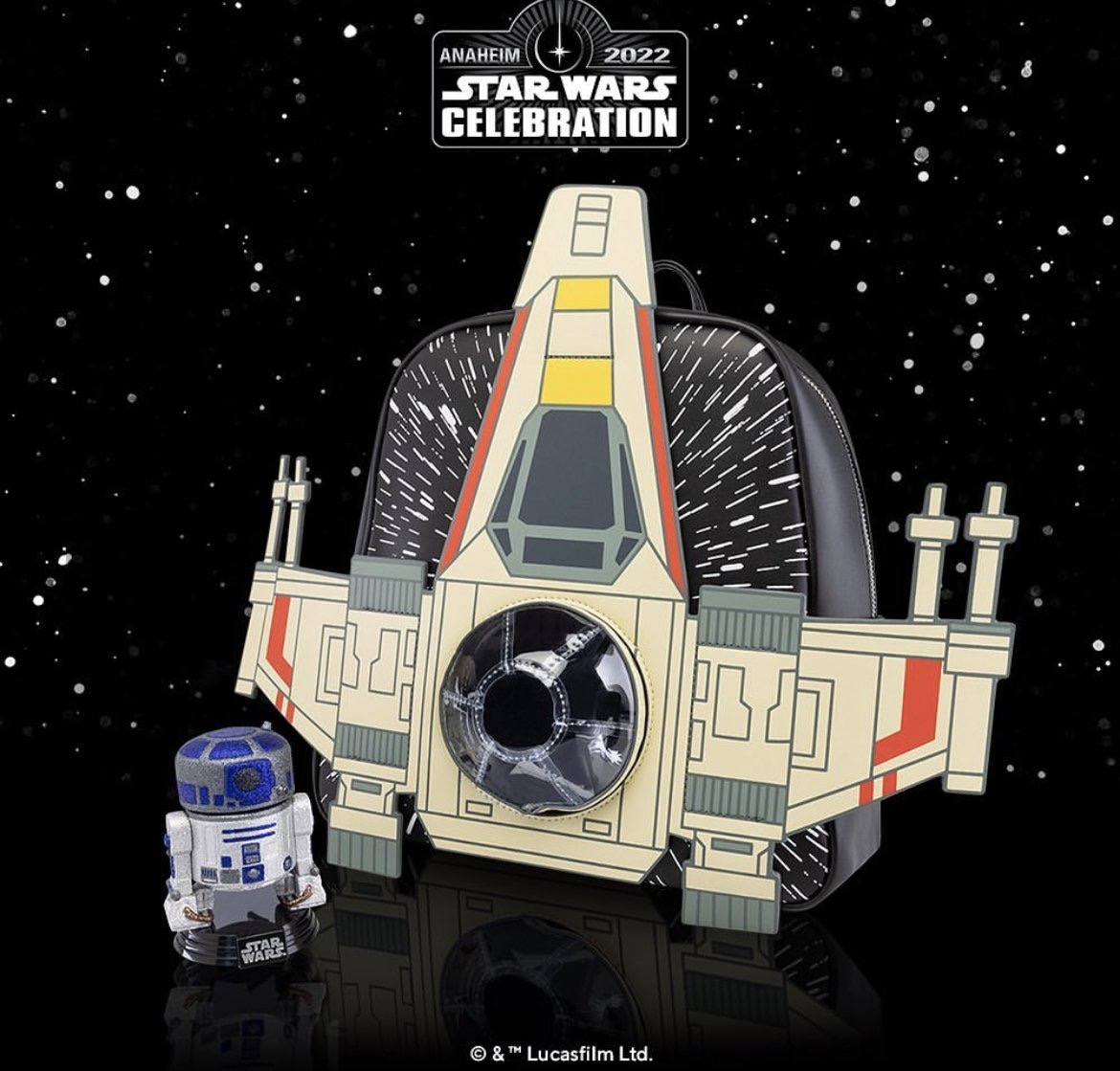
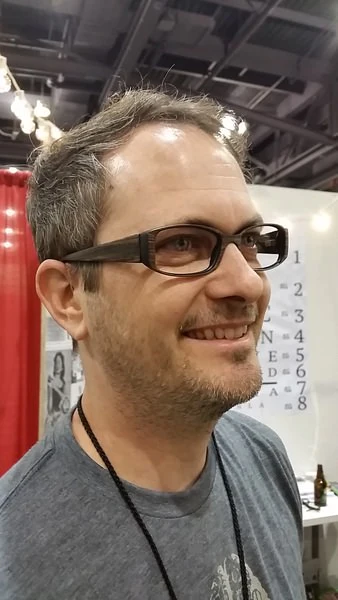
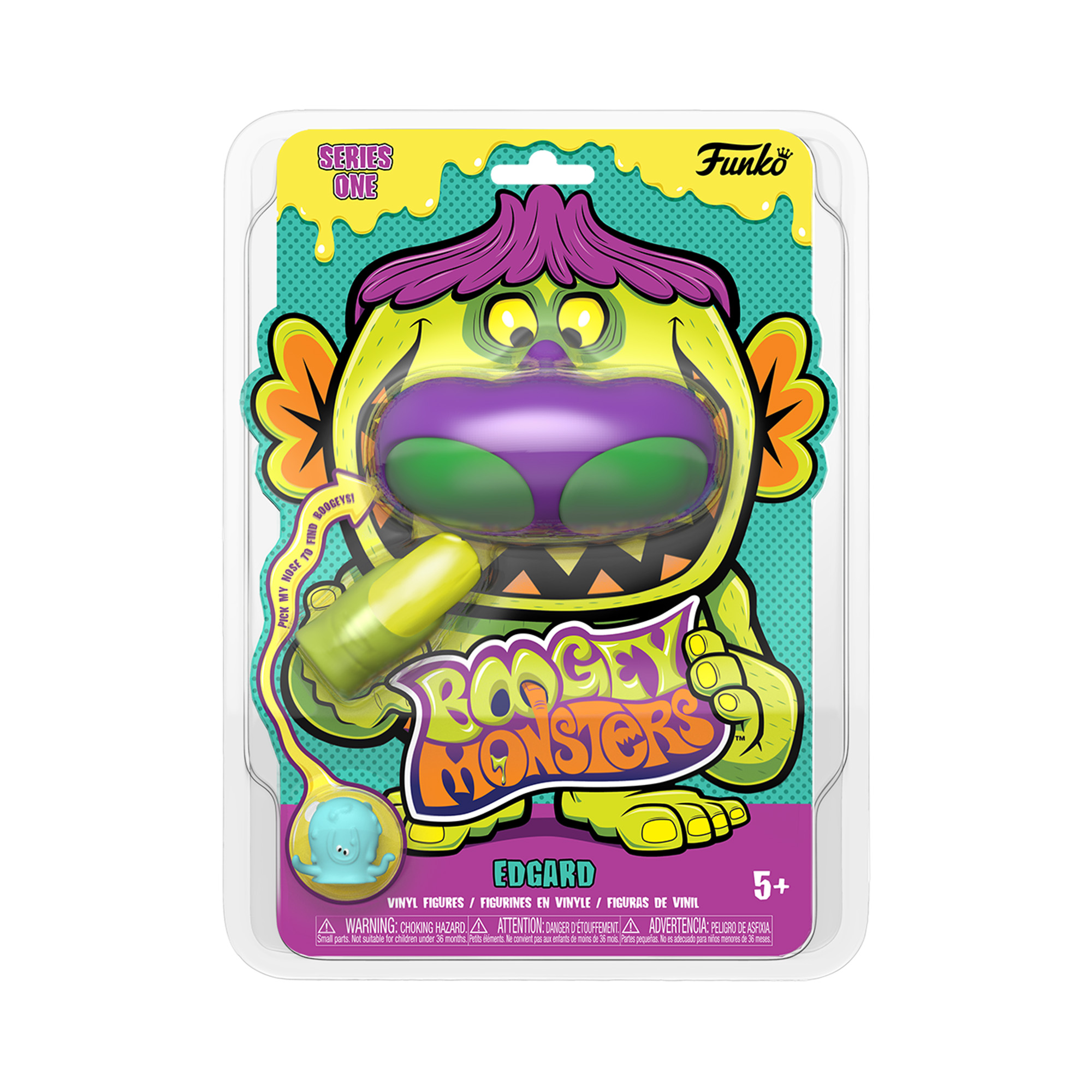
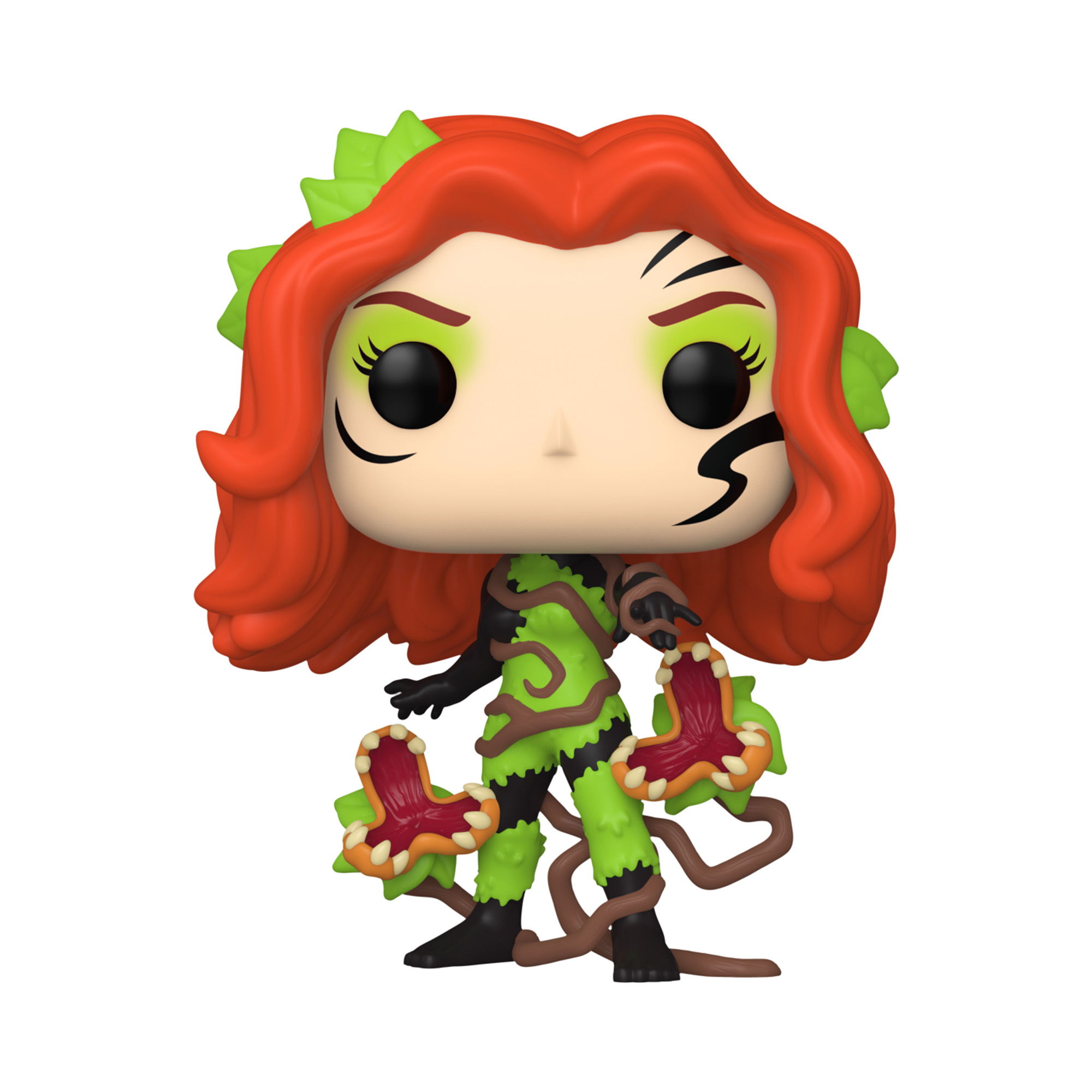
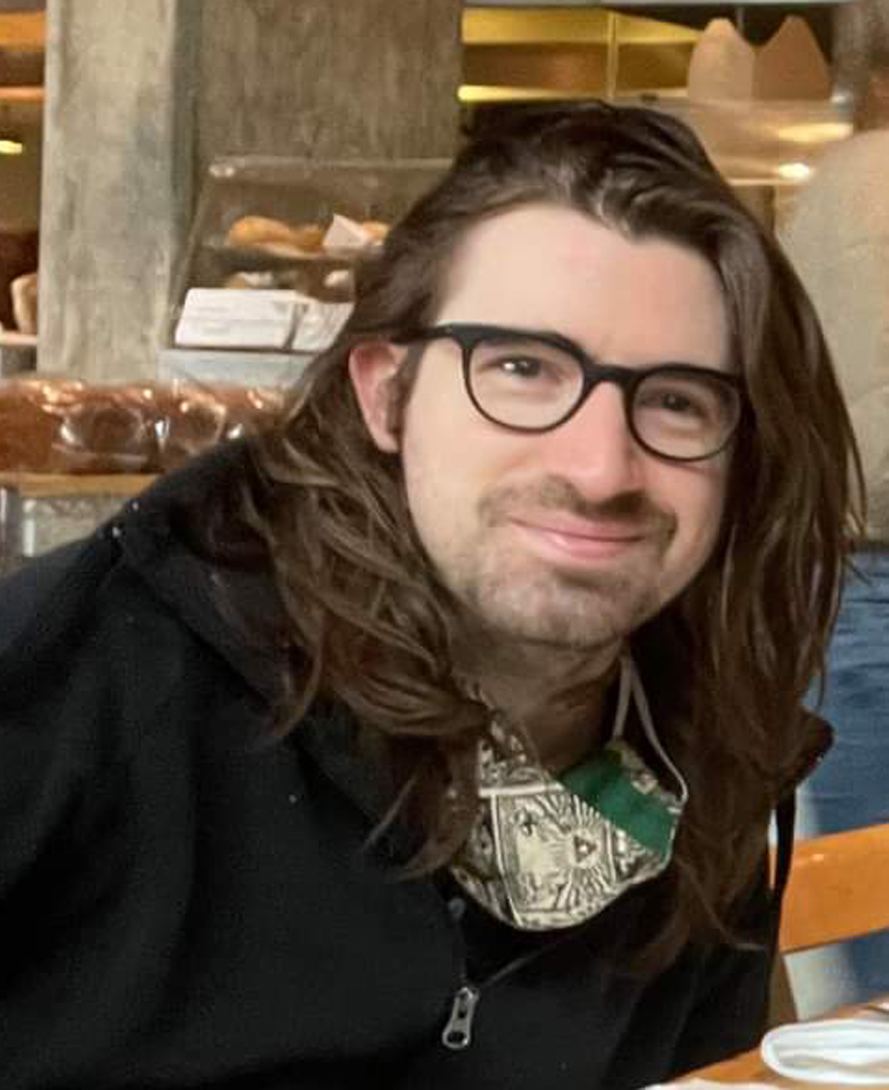
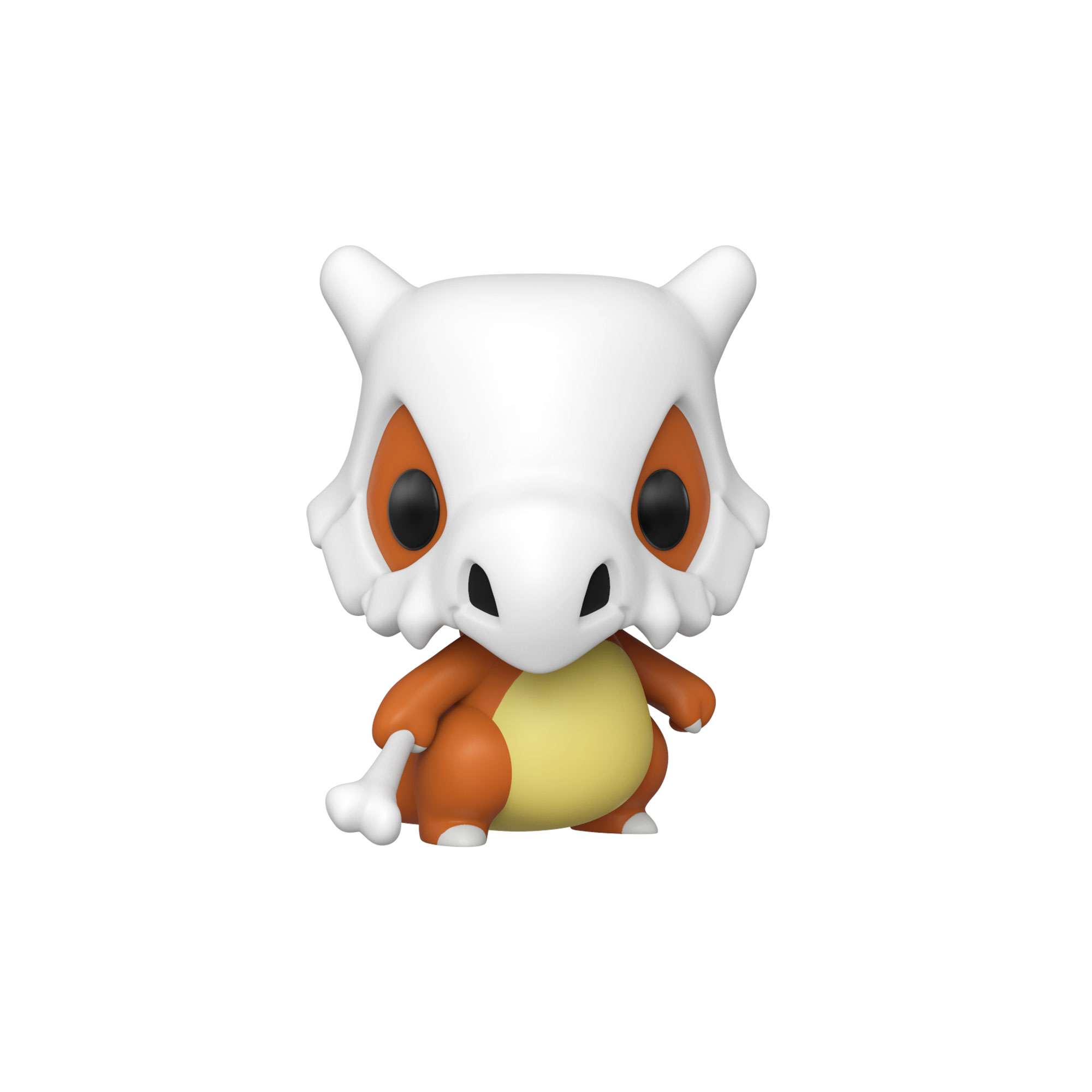
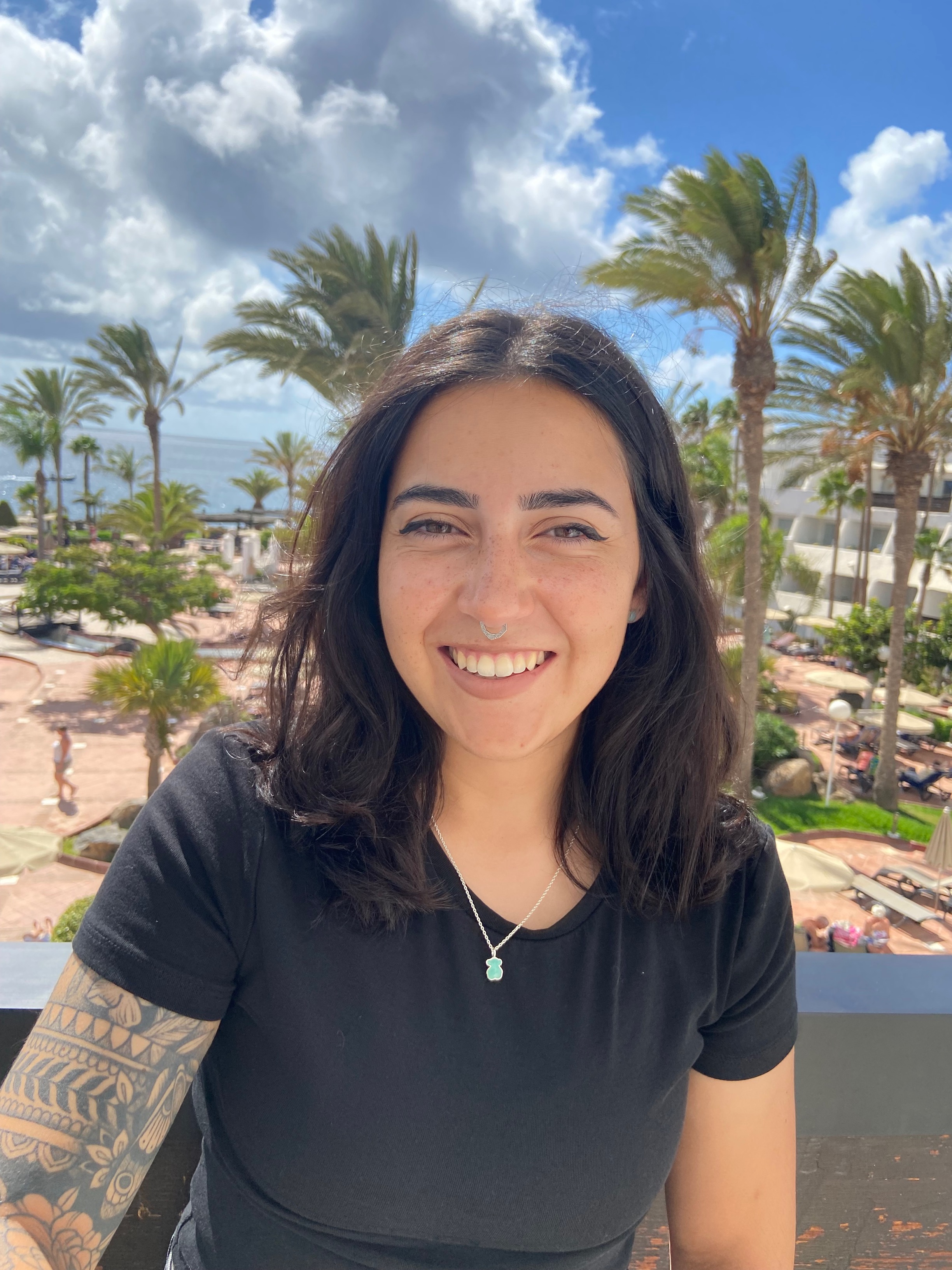
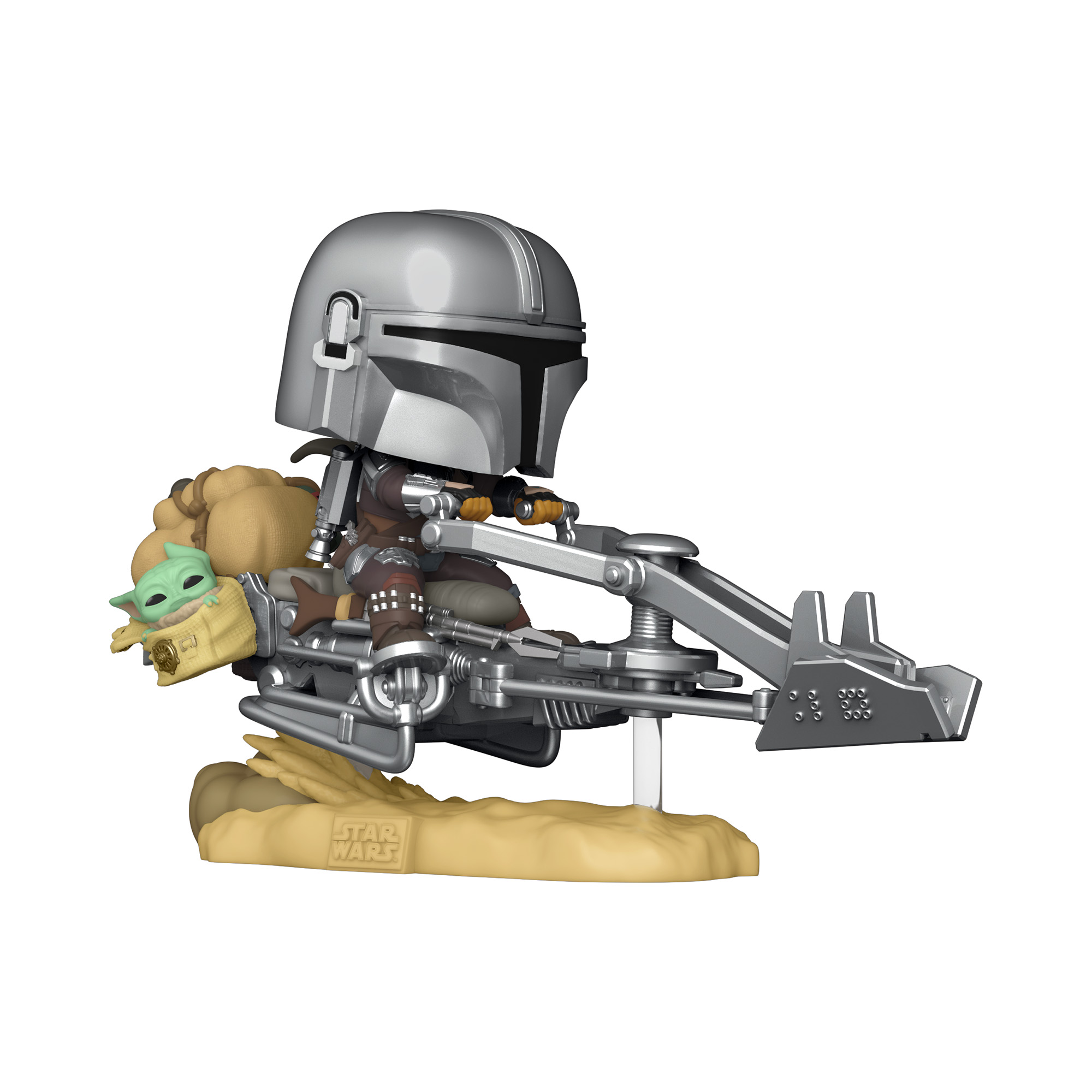
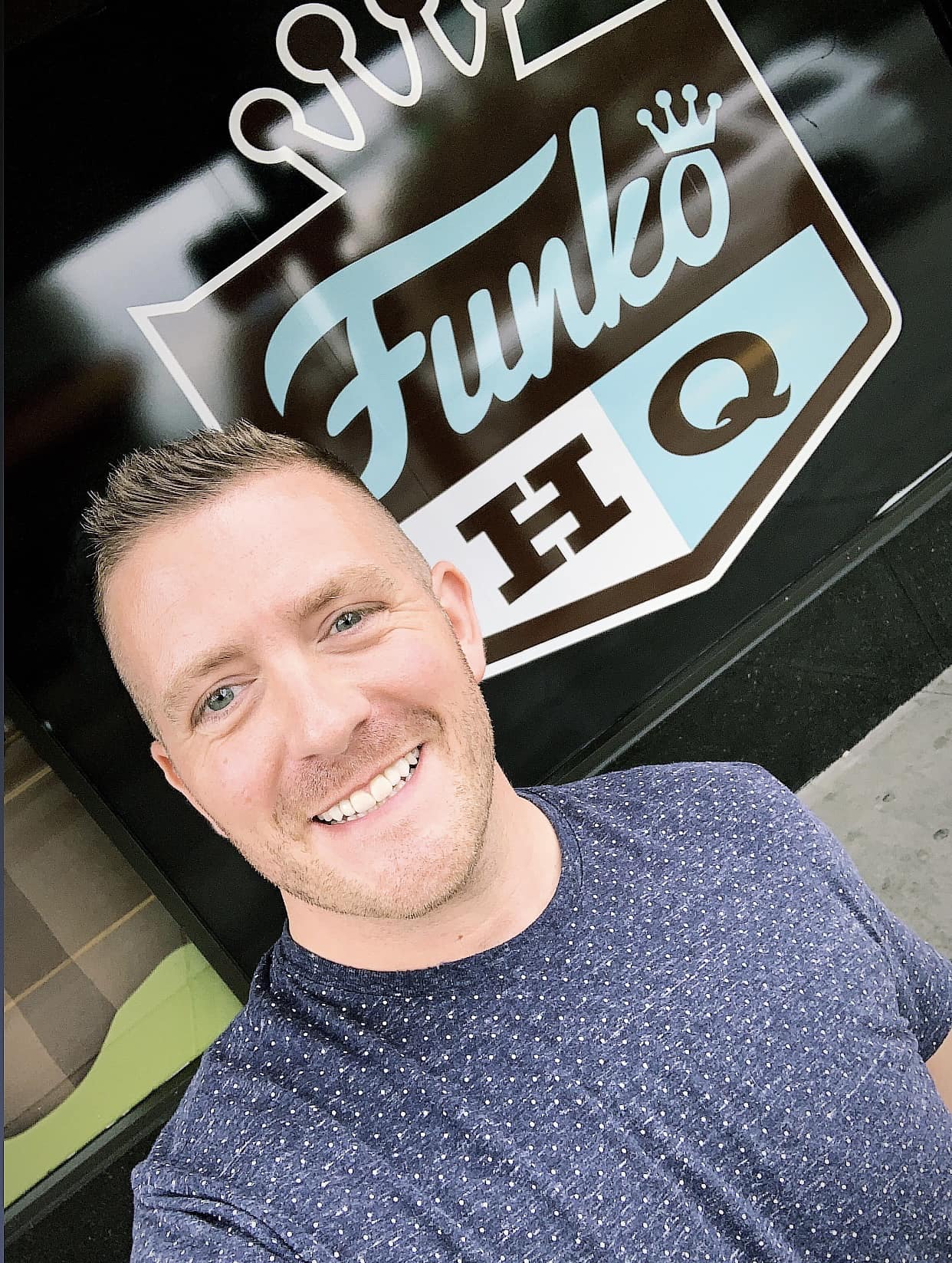
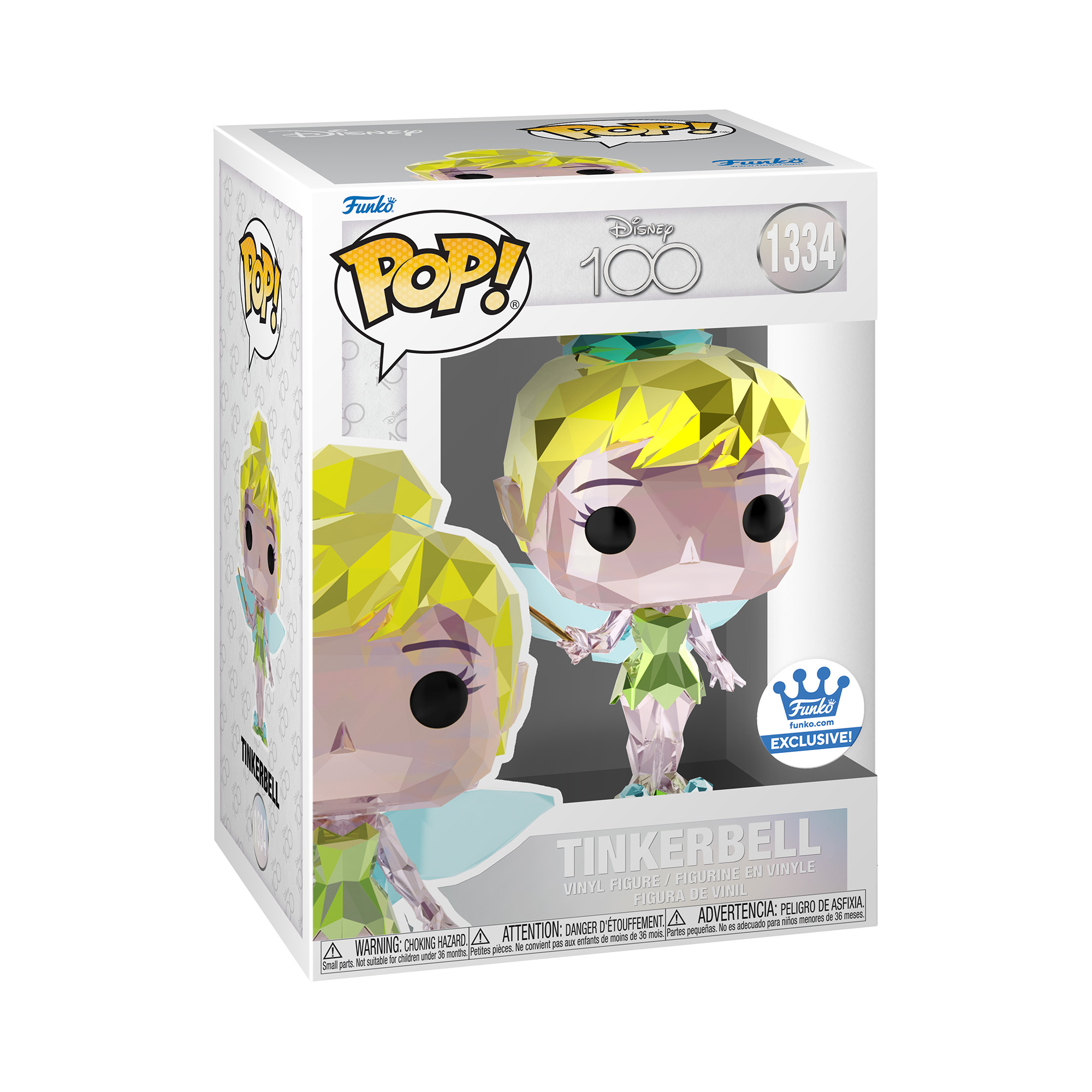
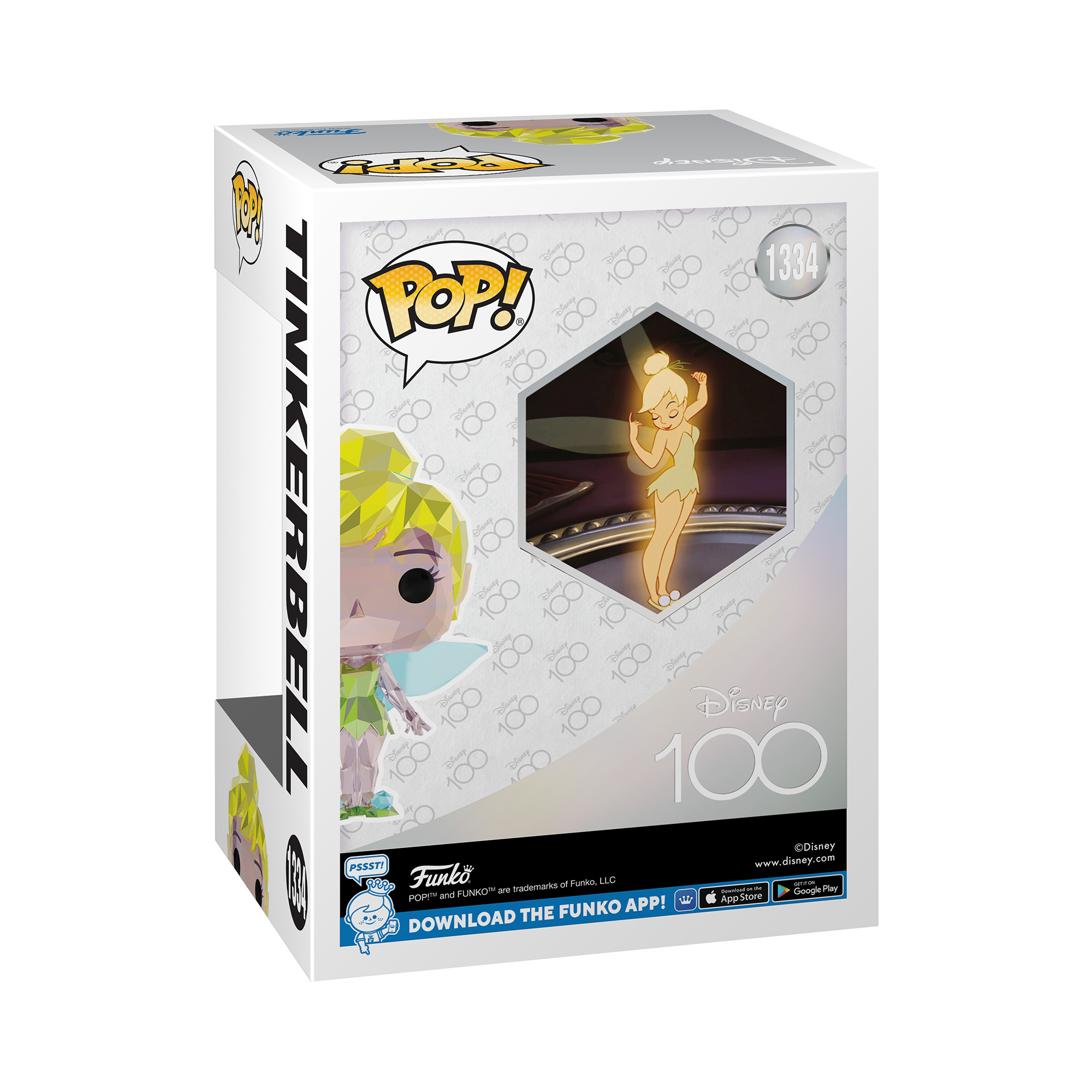
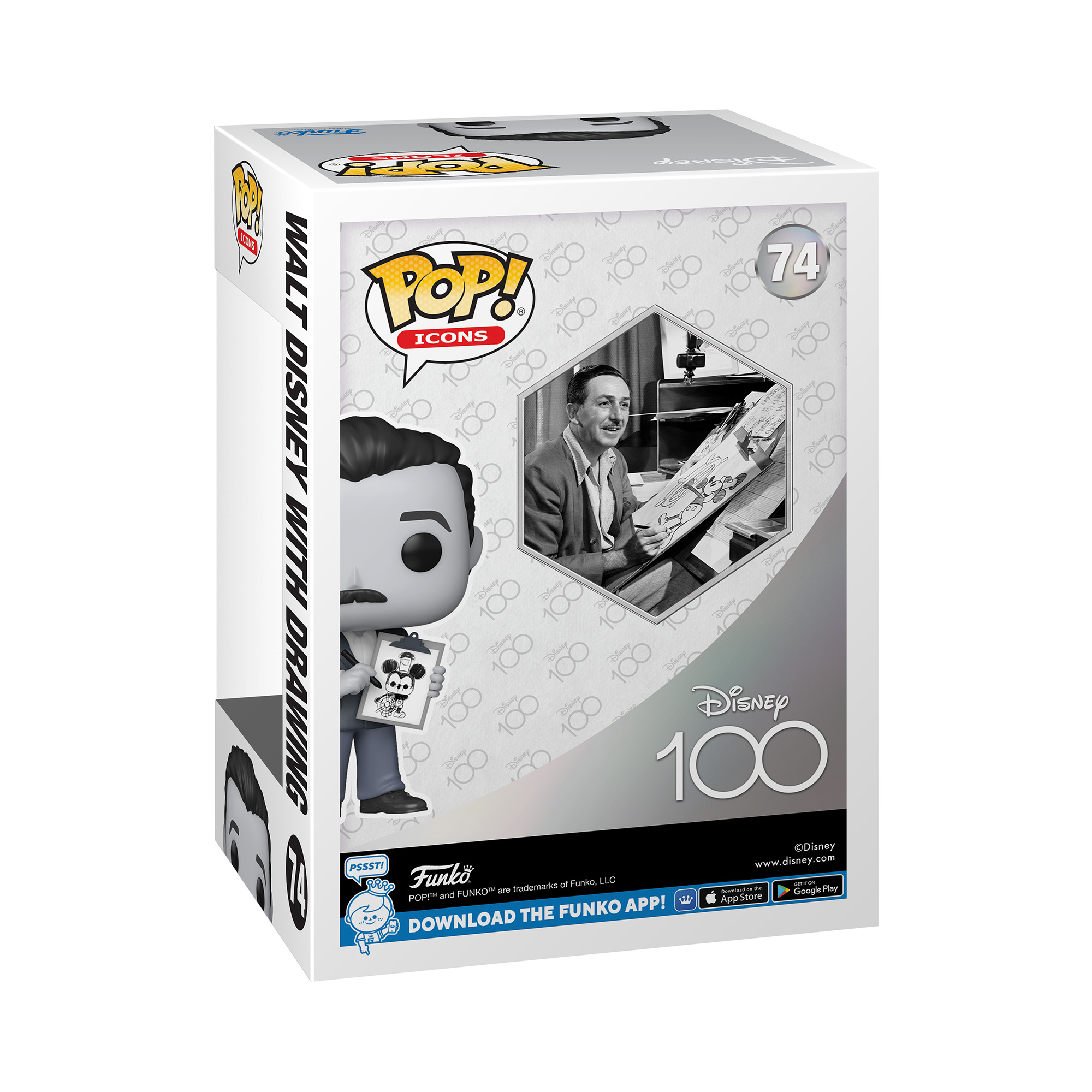

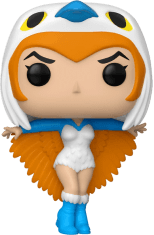
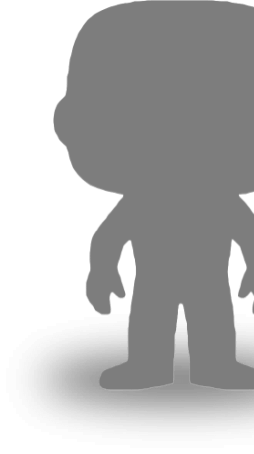
 Items in your cart may be affected with updated location.
Items in your cart may be affected with updated location.




































